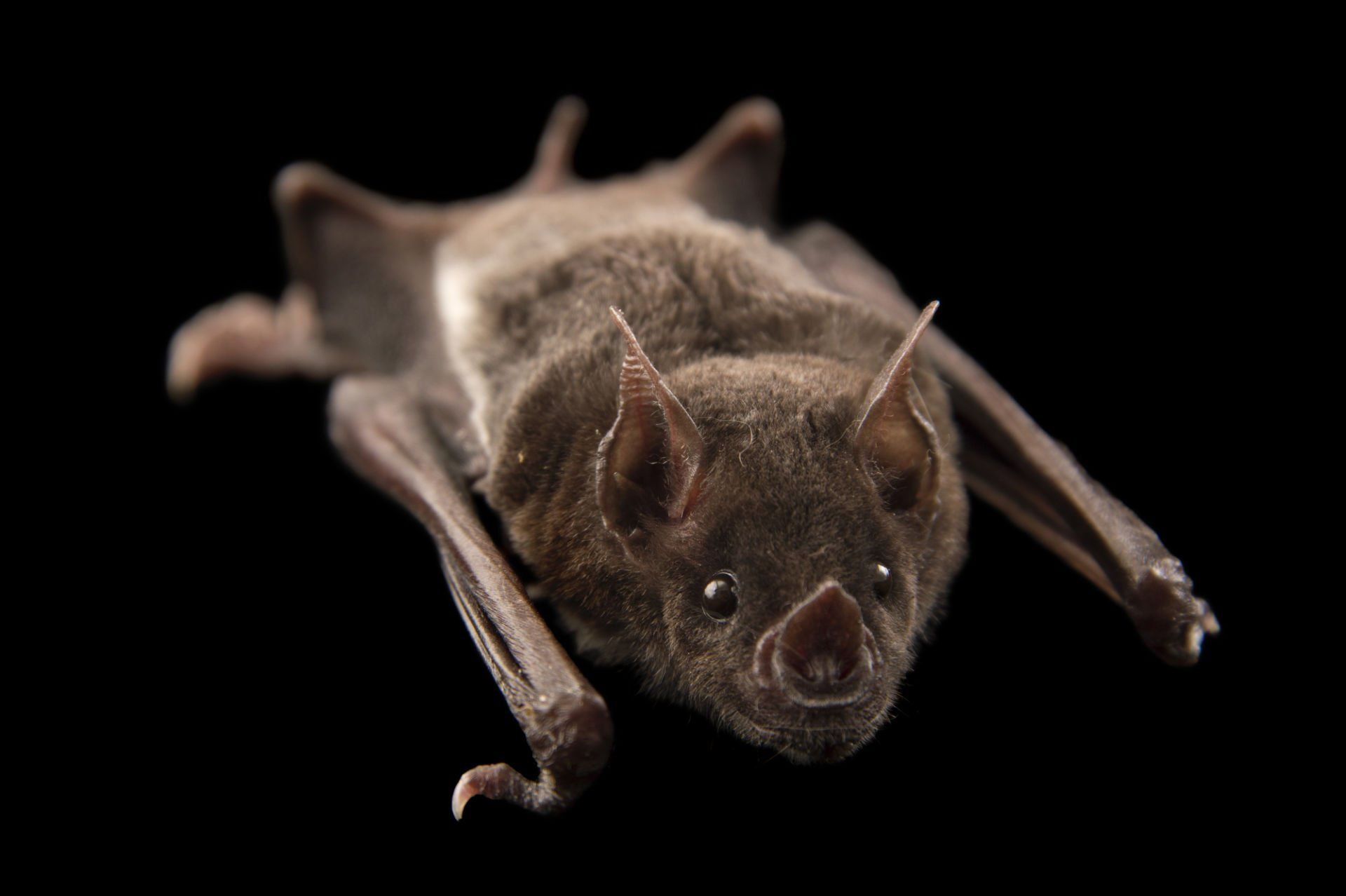Group vocalizations in bats teaches pups their local dialect
- By Nicolina Zjacic
- •
- 11 Nov, 2017
- •
Scientists discover another mammal that can learn vocalization from its surrounding group members

Research has found that bats not only copy their mothers, but the vocalizations of their entire crowd as well. A pup's calls take after the local dialect it is exposed to before six months of age, even if they can hear their mother's vocalizations during this time as well. The findings imply that, unlike songbirds where only one specific tutor is imitated, bats learn what to vocalize from many members of their group.
Vocal learning is the ability to learn how to make vocal sounds based on hearing, and forms a fundamental basis for many human societies today. While non-human animals like elephants, dolphins and even walruses have been acknowledged to use vocal learning, the phenomena is rare for mammals in general. Previous studies in bat communication have already shown various cases of possible vocal learning, though they failed to exclude whether the findings could have been as a result of genetic or ecological differences between colonies. As a result, Yosef Prat and his colleagues at Tel Aviv University decided to tease apart whether pup vocalizations are learned from tutors they directly interact with, like their mother and roost neighbors, or "passive" background vocalizations from the rest of their crowd.
The team captured heavily pregnant spear-nosed batsfrom wild roosts in Israel and randomly separated them into three groups. Once the pups were born safely in captivity, each group was played a different pre-recorded audio collected from hundreds of thousands of adult bats. One group heard calls that were at a much higher frequency than normal, one heard calls of a lower frequency than normal and a control group heard typical adult calls. The recordings were played constantly to the pups and their mothers for one year.
Their results demonstrate that pups exposed to high frequencies made significantly more higher frequency calls than the control groups. Similarly, the low frequency group made significantly more lower frequency vocalizations than the control pups. To control for any other possible factors that could have influenced the results, the team genetically tested the pups against each other and members of their group, showing that genetic relatedness made no difference to the results of the study. On top of that, they found that the results were not affected by differences between males and females or the size of the pups over time.
Overall, it seems bats are among the few mammals we know of that learn vocal sounds socially, something Prat and his team labelled as "crowd vocal learning". This exciting news may offer a new perspective in the debate of whether non-human animals have their own cultures. Since culture can be broadly defined as behaviors shared within a group that are transmitted through social learning, the Tel Aviv researchers suggest that crowd vocal learning is an example of non-human culture in bats. They speculate that this may even be relevant to other mammals, particularly aquatic ones in seal and dolphin families.
Reference
Prat Y, Azoulay L, Dor R, Yovel Y (2017). Crowd vocal learning induces vocal dialects in bats: Playback of conspecifics shapes fundamental frequency usage by pups. PLoS Biol 15(10): e2002556.
https://doi.org/10.1371/journal.pbio.2002556
Vocal learning is the ability to learn how to make vocal sounds based on hearing, and forms a fundamental basis for many human societies today. While non-human animals like elephants, dolphins and even walruses have been acknowledged to use vocal learning, the phenomena is rare for mammals in general. Previous studies in bat communication have already shown various cases of possible vocal learning, though they failed to exclude whether the findings could have been as a result of genetic or ecological differences between colonies. As a result, Yosef Prat and his colleagues at Tel Aviv University decided to tease apart whether pup vocalizations are learned from tutors they directly interact with, like their mother and roost neighbors, or "passive" background vocalizations from the rest of their crowd.
The team captured heavily pregnant spear-nosed batsfrom wild roosts in Israel and randomly separated them into three groups. Once the pups were born safely in captivity, each group was played a different pre-recorded audio collected from hundreds of thousands of adult bats. One group heard calls that were at a much higher frequency than normal, one heard calls of a lower frequency than normal and a control group heard typical adult calls. The recordings were played constantly to the pups and their mothers for one year.
Their results demonstrate that pups exposed to high frequencies made significantly more higher frequency calls than the control groups. Similarly, the low frequency group made significantly more lower frequency vocalizations than the control pups. To control for any other possible factors that could have influenced the results, the team genetically tested the pups against each other and members of their group, showing that genetic relatedness made no difference to the results of the study. On top of that, they found that the results were not affected by differences between males and females or the size of the pups over time.
Overall, it seems bats are among the few mammals we know of that learn vocal sounds socially, something Prat and his team labelled as "crowd vocal learning". This exciting news may offer a new perspective in the debate of whether non-human animals have their own cultures. Since culture can be broadly defined as behaviors shared within a group that are transmitted through social learning, the Tel Aviv researchers suggest that crowd vocal learning is an example of non-human culture in bats. They speculate that this may even be relevant to other mammals, particularly aquatic ones in seal and dolphin families.
Reference
Prat Y, Azoulay L, Dor R, Yovel Y (2017). Crowd vocal learning induces vocal dialects in bats: Playback of conspecifics shapes fundamental frequency usage by pups. PLoS Biol 15(10): e2002556.
https://doi.org/10.1371/journal.pbio.2002556
